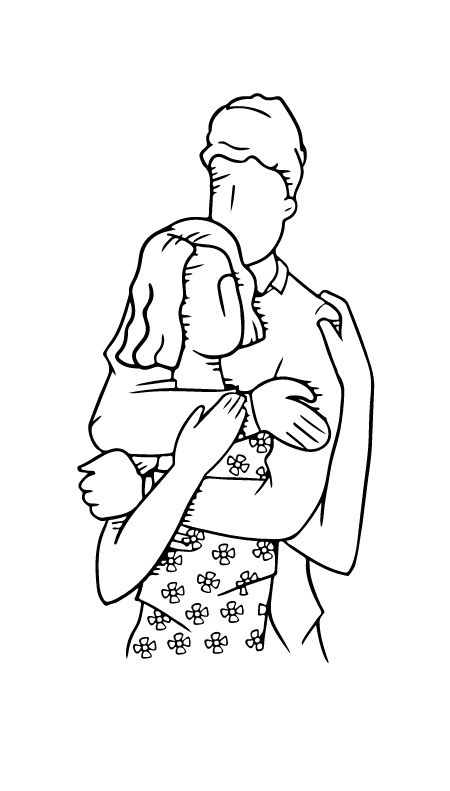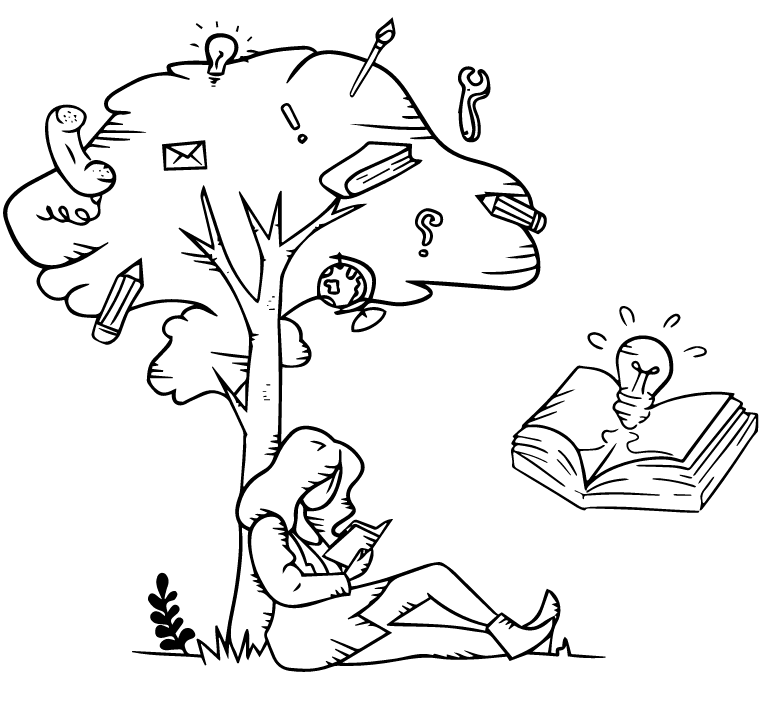Your resource on low sexual desire and arousal
Welcome to My Sexual Health. The goal of this site is to be a resource for anyone looking for comprehensive and scientific information on disorders relating to women’s sexual desire and arousal and their treatments. Scroll down to find out more and start the journey towards effective solutions.
As a result, many women suffer from sexual dissatisfaction and feel distressed about these challenges. This often negatively interferes with their quality of life; a lot of women can suffer from feelings of guilt, depression, and loneliness. The largest and most widely-cited study on sexual dysfunction in women showed that, of the 31,000 women who participated, around 1 in 10 suffered from distress related to low sexual desire or low sexual arousal1. But there are options out there that can help!
1. These are clinically recognized conditions i.e. it’s not all in your head!
3. Treatments exist and continue to be developed
2. Women want effective solutions
Women who have low sexual desire or arousal can feel like they are all alone. They can be surrounded by media, friends, or colleagues that seem to have consistently great sexual experiences and feel like they’re the only ones “missing out”. This is not true, as disorders relating to sexual desire and arousal are recognized as real medical conditions that affect thousands of women worldwide.
It’s only in the last decade that female sexual dysfunctions have gotten more serious attention from the pharmaceutical industry. The first treatment for low sexual desire and distress in women was approved by the FDA in 20158, and since then a number of other options have become available! Here you can learn about existing treatments, as well as new ones being tested.
Several studies have confirmed what many women already feel – women want to gain back their desire for intimacy, to have their sexual interest and/or arousal symptoms taken seriously by their physician, and to have access to effective treatments6, 7.
Bringing these topics out of the shadows and having access to clear information are the first steps on the journey towards better knowledge, better intimacy, and a better quality of life.
Low sexual desire (not really wanting to have sex) is the most common sexual complaint reported by women, followed closely by low sexual arousal (the body’s minimal or lack of reaction to sexual stimuli)1-5.
Here are some things that are important to know about low sexual desire, low sexual arousal, and associated distress. Check out our FAQ for more information on these topics and treatments.



















Your resource on low sexual desire and arousal
Welcome to My Sexual Health. The goal of this site is to be a resource for anyone looking for comprehensive and scientific information on disorders relating to women’s sexual desire and arousal and their treatments. Scroll down to find out more and start the journey towards effective solutions.

Low sexual desire (not really wanting to have sex) is the most common sexual complaint reported by women, followed closely by low sexual arousal (the body’s minimal or lack of reaction to sexual stimuli)1-5.

As a result, many women suffer from sexual dissatisfaction and feel distressed about these challenges. This often negatively interferes with their quality of life; a lot of women can suffer from feelings of guilt, depression, and loneliness. The largest and most widely-cited study on sexual dysfunction in women showed that, of the 31,000 women who participated, around 1 in 10 suffered from distress related to low sexual desire or low sexual arousal1. But there are options out there that can help!

Here are some things that are important to know about low sexual desire, low sexual arousal, and associated distress. Check out our FAQ for more information on these topics and treatments.

1. These are clinically recognized conditions i.e. it’s not all in your head!
Women who have low sexual desire or arousal can feel like they are all alone. They can be surrounded by media, friends, or colleagues that seem to have consistently great sexual experiences and feel like they’re the only ones “missing out”. This is not true, as disorders relating to sexual desire and arousal are recognized as real medical conditions that affect thousands of women worldwide.

2. Women want effective solutions
Several studies have confirmed what many women already feel – women want to gain back their desire for intimacy, to have their sexual interest and/or arousal symptoms taken seriously by their physician, and to have access to effective treatments6, 7.

3. Treatments exist and continue to be developed
It’s only in the last decade that female sexual dysfunctions have gotten more serious attention from the pharmaceutical industry. The first treatment for low sexual desire and distress in women was approved by the FDA in 20158, and since then a number of other options have become available! Here you can learn about existing treatments, as well as new ones being tested.

Bringing these topics out of the shadows and having access to clear information are the first steps on the journey towards better knowledge, better intimacy, and a better quality of life.

Let’s demystify low sexual arousal and desire!
References
- Shifren JL et al. (2008) Sexual problems and distress in United States women: prevalence and correlates. Obstet Gynecol; 112(5):970-978.
- Laumann EO, Paik A and Rosen RC (1999) Sexual Dysfunction in the United States: Prevalence and Predictors. JAMA; 281(6):537-544.
- Laumann EO et al. (2005) Sexual problems among women and men aged 40-80 y: prevalence and correlates identified in the Global Study of Sexual Attitudes and Behaviors. Int J Impot Res; 17(1):39-57.
- McCabe MP et al. (2015) Incidence and Prevalence of Sexual Dysfunction in Women and Men: A Consensus Statement from the Fourth International Consultation on Sexual Medicine 2015. J Sex Med; 13(2):144-152.
- McCool ME et al. (2016) Prevalence of Female Sexual Dysfunction Among Premenopausal Women: A Systematic Review and Meta-Analysis of Observational Studies. Sex Med Rev; 4(3):197-212.
- Kingsberg SA (2014) Attitudinal survey of women living with low sexual desire. J Womens Health (Larchmt); 23(10):817-823.
- Thomas HN et al. (2017) Patient-Centered Outcomes and Treatment Preferences Regarding Sexual Problems: A Qualitative Study among Midlife Women. J Sex Med; 14(8):1011–1017.
- ADDYI (flibanserin) tablets LABEL, Reference ID: 3808140 (Link)

The My Sexual Health website is supported by the European Society for Sexual Medicine (ESSM). Together, these resources aim to provide information for anyone looking for comprehensive and scientific information on disorders relating to sexual desire and arousal and their treatments.